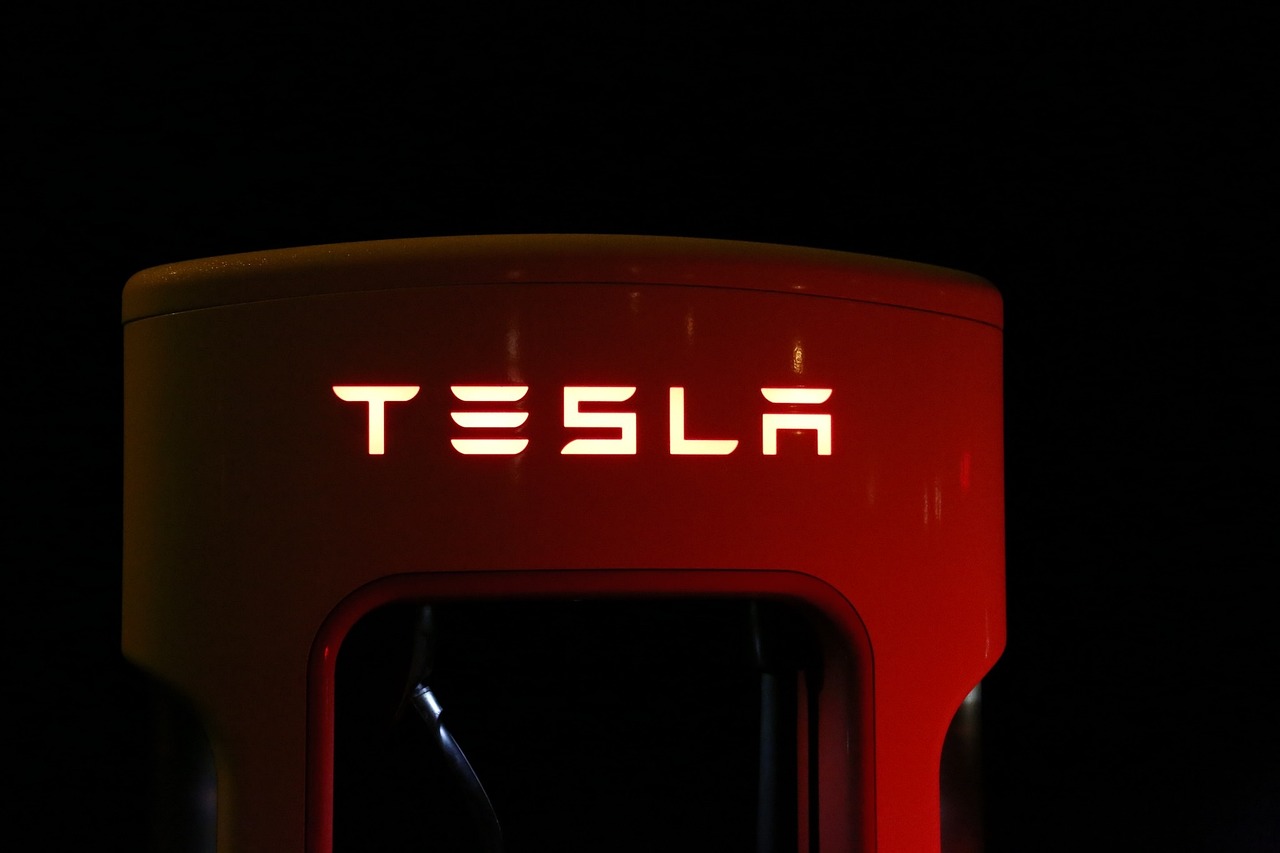News
Is Tesla Going to Launch an Electric Pickup Truck?
The Semi pure electric heavy truck was just released a while ago, and recently Tesla wants to make big news again. By developing Model Y and electric pickup trucks, Tesla's business layout in the electric vehicle sector will cover more models; and in terms of energy integration, Tesla has also achieved outstanding results.On December 26, 2017, Tesla CEO Elon Musk announced on his social media that Tesla would launch a pure electric pickup truck after the Model Y is mass-produced.
Many people think this is just a joke. Tesla now has three mass-produced models, Model S, Model X, and Model 3. Model Y will be another electric SUV based on the Model 3 platform and is expected to begin production in mid-2019. Its electric pickup truck may be officially unveiled in 2020.
The current mass production of Model 3 has been criticized. At present, the production capacity of Model 3 still needs to be improved. Although the design drawing has been released, it is no wonder that many people are not optimistic about its subsequent Model Y and subsequent electric pickup trucks.
But Tesla is more than just a car company. While busy designing and producing various models, Tesla is also thriving in terms of energy integration.
In May 2015, Tesla launched the home energy storage battery Powerwall. Like an oversized battery, the energy wall can be mounted on a wall to power an entire house.
The power for the energy wall comes from different sources, including solar energy, the grid and Model S electric vehicles. It can be used as energy storage when electricity prices are low, provide electricity and save electricity bills when electricity prices are high, and can also be used for emergency purposes during power outages. If the lithium batteries in the energy wall are taken out and connected in series, it becomes a power pack, which can be used directly by industry and commerce.
Since its first demonstration and the release of its second-generation energy wall, Tesla's residential energy storage system has evolved very slowly.
However, recently, according to foreign media reports, more than 100 homes in Vermont, USA, have installed Tesla energy walls.
Because of Tesla’s partnership with the local power company, residents in Vermont, USA, became the first users of Tesla’s energy wall.
In the United States, around 2,000 projects have used Tesla's energy walls since California released its autonomous power generation incentive program earlier in 2017. In September 2017, some homes in Minnesota also installed energy walls. Now, Vermont may have become the region with the most energy wall installations outside of California (Tesla is headquartered in California).
Power outages are common in the United States, and some areas are prone to natural disasters. In addition, many people live in independent houses and consume large amounts of electricity every day, so home energy storage products are still very practical for them. Tesla’s energy wall has been well received by power companies and users.
Green Mountain Power (GMP) is an electric power company in Vermont, USA, providing power to 265,000 homes and commercial units. The company is an early adopter and loyal fan of Tesla's energy storage products. As early as 2015, when Tesla first introduced its first-generation energy wall, Green Mountain Power Company established a partnership with Tesla.
In 2017, when Tesla announced the construction of power grid services, Green Mountain Power Company provided strong support. They announced that they would install Tesla battery packs on public land and deploy Tesla energy walls to a total of 2,000 households within the service area.
Tesla’s energy wall is not only valuable to power companies, but also very beneficial to users. A user who has installed two second-generation energy walls in his home said in an interview that his home encountered a power outage not long after the energy walls were installed. There were some problems with the energy wall for the first time, but it returned to normal after restarting.
"Snap, all the lights came on! Can you imagine that seamless connection, you don't have to go out to start the generator at all. And it's very quiet, it doesn't need fuel, it's powered by the sun." User Andy said very excitedly.
Andy's home has solar panels that power the energy wall. She said that the next time there is a power outage, she may not even know there is a power outage and the energy wall will have already started.
Energy walls have never been installed in many markets inside and outside the United States, and Tesla has no clear plan for when they will launch them. However, in the shareholder letter, Tesla revealed that the market demand for energy walls and energy packs is growing, and they hope that the products in 2018 can keep up with market demand.
Whether it is electric vehicles or energy integration, whether Tesla's current mass production capacity meets the market, Tesla has always been pioneering at the leading level in the industry in the field of new energy. After all, the development of science and technology is irreversible. Non-renewable energy sources such as oil will eventually be exhausted. New energy vehicles will eventually come to the fore, and energy walls will be deployed more widely.

RELATED NEWS
- Oil Prices Continue to Rise in Response, and the United States Uses Strategic Re
- China and Iran Reach Agreement on 22 Billion Oil Arrears
- BANDON's 2024 Changzhi Channel Partner Franchise Summit Concluded Successfully
- Brazil's Crude Oil Production Increased by 5.5% in 2020
- Global Photovoltaic Installations Exceeded 12GW in the First Quarter of 2015
